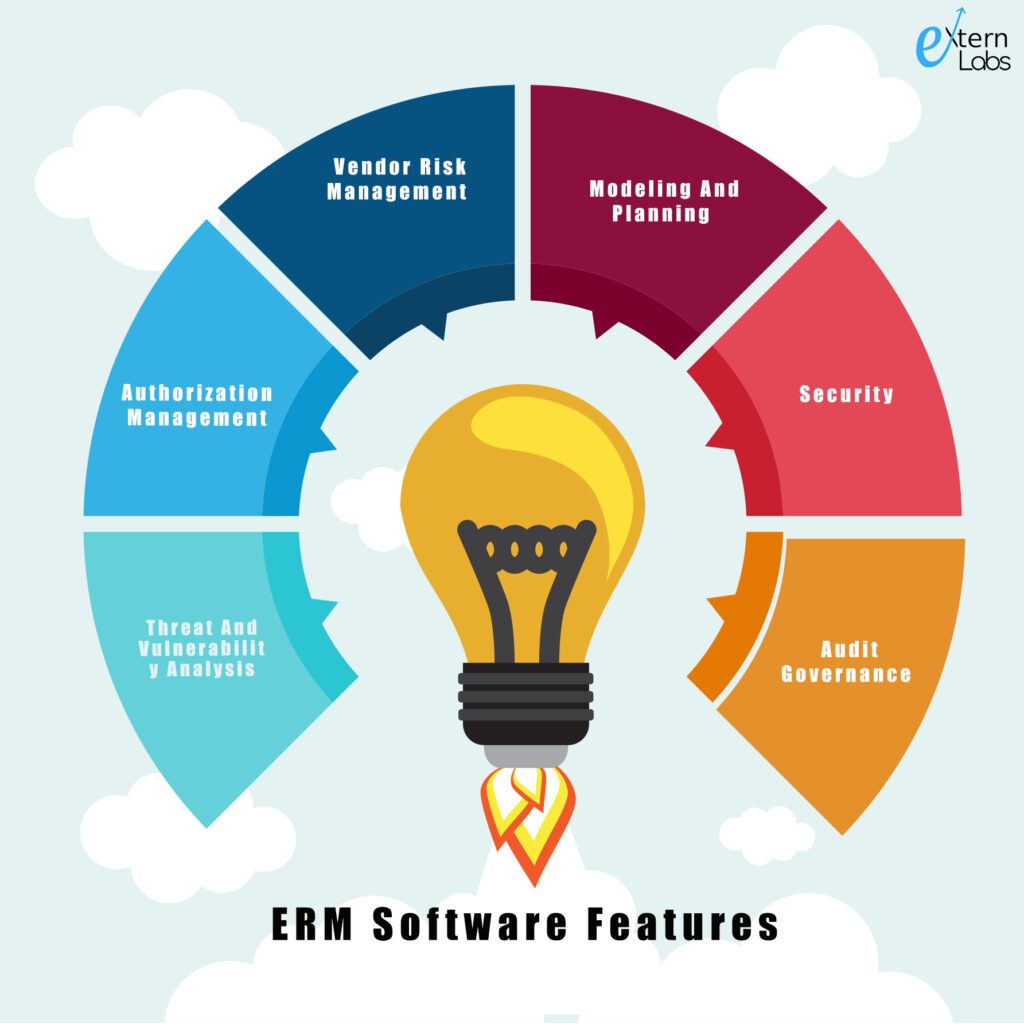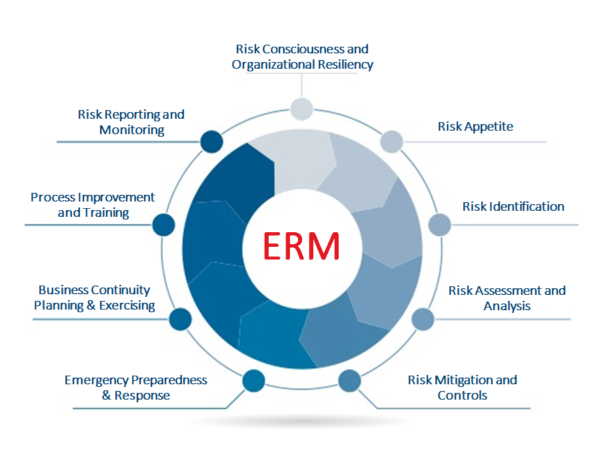Unlocking the Power of ERM Software: A Comprehensive Guide for Enhanced Risk Management
Introduction
In today’s dynamic business landscape, effective risk management is no longer a luxury but a necessity. Organizations of all sizes are exposed to a myriad of risks that can jeopardize their operations, reputation, and financial stability. Enterprise risk management (ERM) software has emerged as a powerful tool to help businesses proactively identify, assess, and mitigate these risks, enabling them to navigate the ever-changing risk landscape with confidence.
ERM software offers a comprehensive approach to risk management, providing organizations with a centralized platform to manage all types of risks, including financial, operational, compliance, and strategic risks. By leveraging advanced data analytics and reporting capabilities, ERM software empowers organizations to gain a holistic view of their risk exposure, make informed decisions, and take proactive steps to minimize potential losses.
In this comprehensive guide, we will delve into the world of ERM software, exploring its key features, benefits, and challenges. We will also provide practical tips and best practices for implementing and utilizing ERM software effectively to enhance your organization’s risk management capabilities.

Understanding ERM Software
ERM software is a technology solution designed to support organizations in managing their risks effectively. It provides a centralized platform that integrates data from various sources, including internal and external risk assessments, incident reports, and compliance requirements. This data is then analyzed and presented in a user-friendly format, enabling risk managers to gain a comprehensive view of their organization’s risk profile.
Key features of ERM software include:
- Risk identification and assessment: ERM software helps organizations identify and assess potential risks based on their likelihood and impact. This enables organizations to prioritize risks and focus their resources on mitigating the most critical ones.
- Risk monitoring and reporting: ERM software provides real-time monitoring of risks, allowing organizations to track changes in risk exposure and take appropriate action. It also generates comprehensive reports that provide insights into the organization’s risk profile and compliance status.
- Risk mitigation and control: ERM software helps organizations develop and implement risk mitigation strategies and controls. It provides tools for tracking the effectiveness of these controls and ensuring that they are aligned with the organization’s risk appetite.
- Compliance management: ERM software can help organizations comply with regulatory requirements and industry standards by providing tools for tracking compliance obligations, managing compliance documentation, and conducting compliance audits.
Benefits of ERM Software
Implementing ERM software can bring numerous benefits to organizations, including:
- Improved risk visibility: ERM software provides a comprehensive view of all risks facing an organization, enabling risk managers to make informed decisions and prioritize their efforts.
- Enhanced risk assessment: ERM software uses advanced data analytics to assess risks more accurately, taking into account both internal and external factors.
- Streamlined risk mitigation: ERM software provides tools for developing and implementing risk mitigation strategies, helping organizations reduce their risk exposure.
- Improved compliance: ERM software helps organizations comply with regulatory requirements and industry standards by providing tools for tracking compliance obligations and managing compliance documentation.
- Reduced costs: ERM software can help organizations reduce costs by identifying and mitigating risks that could lead to financial losses or operational disruptions.

Challenges of ERM Software
While ERM software offers numerous benefits, it also presents some challenges, including:
- Data integration: Integrating data from various sources into the ERM software can be a complex and time-consuming process.
- Cost: ERM software can be expensive to purchase and implement, especially for large organizations with complex risk profiles.
- Complexity: ERM software can be complex to use, requiring specialized knowledge and training for effective implementation.
- Resistance to change: Organizations may face resistance to change when implementing ERM software, as it can disrupt existing processes and workflows.

Tips for Implementing ERM Software
To ensure successful implementation of ERM software, consider the following tips:
- Start with a clear goal: Define the specific objectives you want to achieve with ERM software, such as improving risk visibility, enhancing risk assessment, or streamlining risk mitigation.
- Involve key stakeholders: Get buy-in from key stakeholders, including risk managers, business leaders, and IT professionals, to ensure their support and cooperation throughout the implementation process.
- Choose the right software: Carefully evaluate different ERM software solutions and select the one that best fits your organization’s needs, budget, and technical capabilities.
- Integrate data effectively: Develop a comprehensive data integration plan to ensure that all relevant data is captured and integrated into the ERM software.
- Train users thoroughly: Provide comprehensive training to all users of the ERM software to ensure they understand its functionality and can use it effectively.
- Monitor and evaluate regularly: Regularly monitor the effectiveness of your ERM software implementation and make adjustments as needed to ensure that it continues to meet your organization’s needs.
Conclusion
ERM software is a powerful tool that can help organizations enhance their risk management capabilities, improve decision-making, and reduce their exposure to potential losses. By implementing ERM software effectively, organizations can gain a competitive advantage by proactively managing risks, ensuring compliance, and safeguarding their reputation. Remember, investing in ERM software is an investment in the long-term health and success of your organization.
